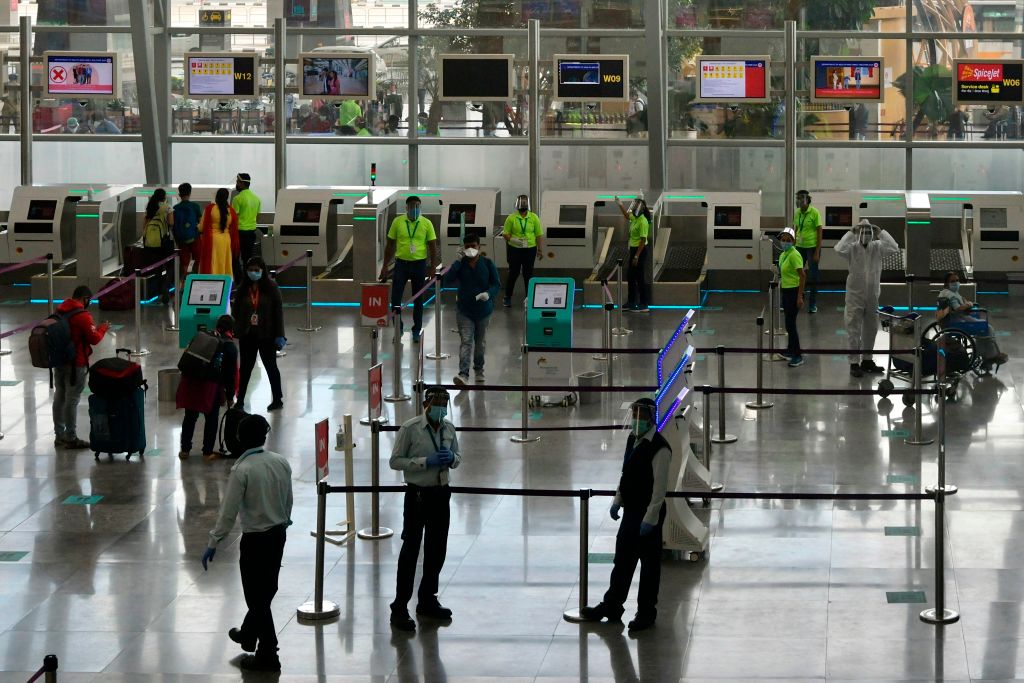- Thursday, April 18, 2024

By: Shubham Ghosh
THE Kempegowda International Airport (KIA) in the South Indian city of Bangalore announced late last month that it is now able to replenish more water than it consumes. In a press release, the airport authorities said that there were 315 rainwater recharge pits in the airport premises for collecting rainwater. Rainwater on the roof is also collected and stored in rainwater-harvesting sumps and reused for purposes like irrigation, ventilation and air-conditioning at the airport, The News Minute reported.
Bangalore is one of the busiest airports in India.
“This is a significant milestone for us at BIAL (Bengaluru International Airport Limited which owns and operates KIA). On World Nature Conservation Day, we are proud to announce that our water stewardship has created a sustainable future for the region by achieving water positivity. We accomplished this by consuming water responsibly, reusing, recycling and replenishing water bodies. At BIAL, our holistic sustainability efforts are not just focused on the airport, but also on the community at large. We hope our actions will inspire others in the region to follow,” Hari Marar, managing director and chief executive of Bengaluru International Airport, said.
Water positivity is a level when an establishment collects and replenishes more water than it is actually using.
The Bangalore airport requires millions of litres of water everyday for the maintenance of its infrastructure and operations. The authorities took the initiative to improve the water resources through groundwater recharging, proper management of liquid and solid waste, etc. instead of relying on municipal water supply, The News Minute report added.
A massive sewage treatment plant of daily capacity of 2.5 million litres was also developed to recycle the water, which is now used for irrigating landscape, ventilation, air-conditioning, etc. the report added.
“With an aim to avoid water wastage within our campus, drains were built to direct excess water flow to Bettakote Lake, a sprawling water body adjacent to the airport,” the press release said.
![]()